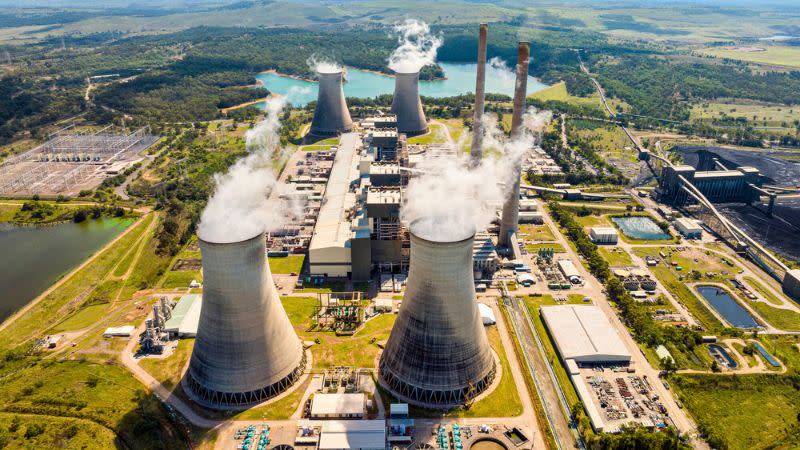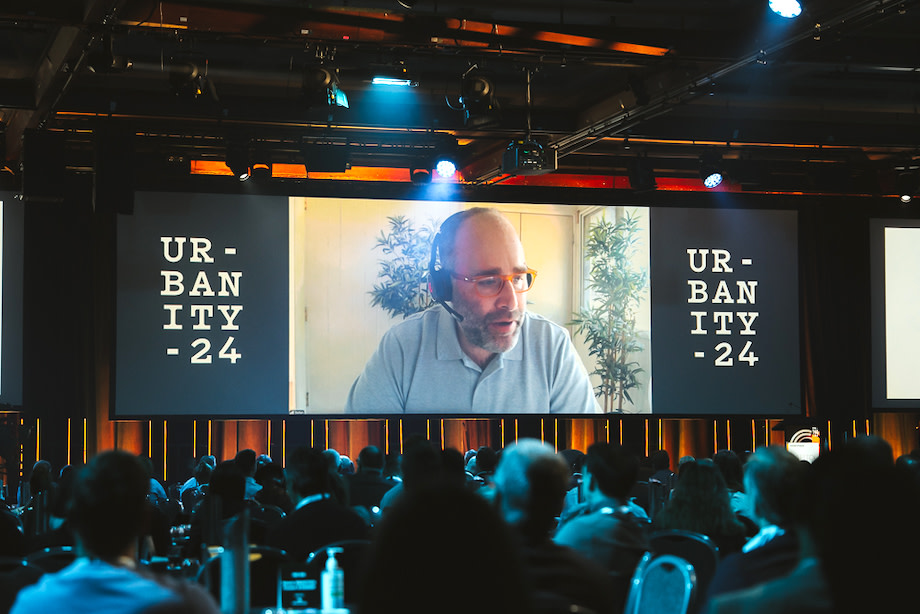Australian Cities ‘Must Embrace Resilience’

Australia is sweeping up the gold medals but it will take a lot more than that to bring the Olympic spirit home.
Speaking at The Urban Developer’s Urbanity 2024 conference on Wednesday, CSIRO chief research consultant Stefan Hajkowicz said that tackling major megatrend issues such as climate change and health should be happening simultaneously.
“Exercise is a massive way of improving the quality of life of Australians, but we don’t seem to get here—when we see gold medallists up there, it doesn’t mean we get up off the couch,” he said.
“While the wellness journey is really about the rise of infectious diseases, it is also about diet, exercise and sleep.
“But we know that in the built environment, active transportation, recreation, and physical aspects are massively used—build it and they do use it. There’s a huge opportunity to achieve wellness through how we build our cities and houses.”
Part of this is making liveable, walkable and more resilient cities.
“If you look at our cities, there’s room to massively increase greenery, livability and also climate resilience.”
Keeping cool
Earlier this year it was revealed that global temperature increases had already exceeded 1.5°C, and may pass 2°C later this decade—it had been projected to happen in the 2030s.
“Our snapshot of the future at the moment starts with adapting to climate change and the urgent search for cost-effective climate adaptation measures,” Hajkowicz said.
As a result, the world will triple its energy usage for cooling by 2050.
“The world needs electricity equal to the entire United States, European Union and Japan to do this,” Hajkowicz said.
“In Australia, we spent $9.3 billion on new cooling devices in 2020, that’s up 10 per cent from the year before.

“In Brisbane in February, we saw the highest ever usage of electricity on the grid at any one point in time, and tens of thousands of houses lost power because the grid couldn’t cope. So that’s another aspect to sustainability.”
But there is opportunity for innovation in the energy sector which will aid the growth of renewables.
“Batteries are really one of the big things going on that’s changing what’s possible,” Hajkowicz said.
“With heaps of solar panels and the amount of electrons on the grid is way more than we really expected. But we are seeing battery technology massively improve in multiple spaces.
“The costs of batteries have come down, and grid deployed batteries are feasible. And in energy density, batteries have improved as well.
“If you buy a Tesla, your energy density is about 270 watt hours per kilogram, which is a high performing battery in a car. But we’ve seen the Chinese company CATL has introduced into the market batteries at 500 watt hours per kilogram, which makes commercial flight possible.”
Starting small
This level of progress is still a few years away yet from making a major impact on development, but one thing developers can do is focus on making Australian homes more efficient, and more suited to the warming Australian environment.
“When CSIRO looked at the energy efficiency of housing in Australia, we actually found for the Australian houses average about somewhere 2.5 to three stars out of 10 stars for climate efficiency,” Hajkowicz said.

“They have dark rooms. They’re closed. They don’t ventilate. In areas like south-east Queensland houses that breathe with ceiling fans and a lot of the designs just don’t cater for that.
“Cool roofs can reduce maximum indoor temperature by up to 12°C.”
This focus on sustainability but also liveability extends to other areas.
“With the built environment, building cities and developments that cater for movement, for health and well being, is something that could be done more and better.
“However, it’s not beyond us.Western Sydney would be an area where, you know, extreme heat is really important. Parramatta has seen temperatures close to 50°C in the summer, and there’s an urgency to try to think about how cities can be functional, and the good news is they can.
“Trees are so incredibly cost effective. With the light rail tracks in Paramount Greater Sydney, global stats have shown a 10°C drop in temperature for green tracks on hot days.”
“So greenery in urban development is this huge opportunity, and it’s just so cost effective as well. In South East Queensland, greenery in the catchment also delivers the benefit of slowing down floodwaters. So there’s, there’s multiple benefits associated with the urban heat island effect as well understood.
“This is about efficient use of resources to achieve outcomes. It’s also about biodiversity conservation and emissions reductions, which will drive the business agenda.”















